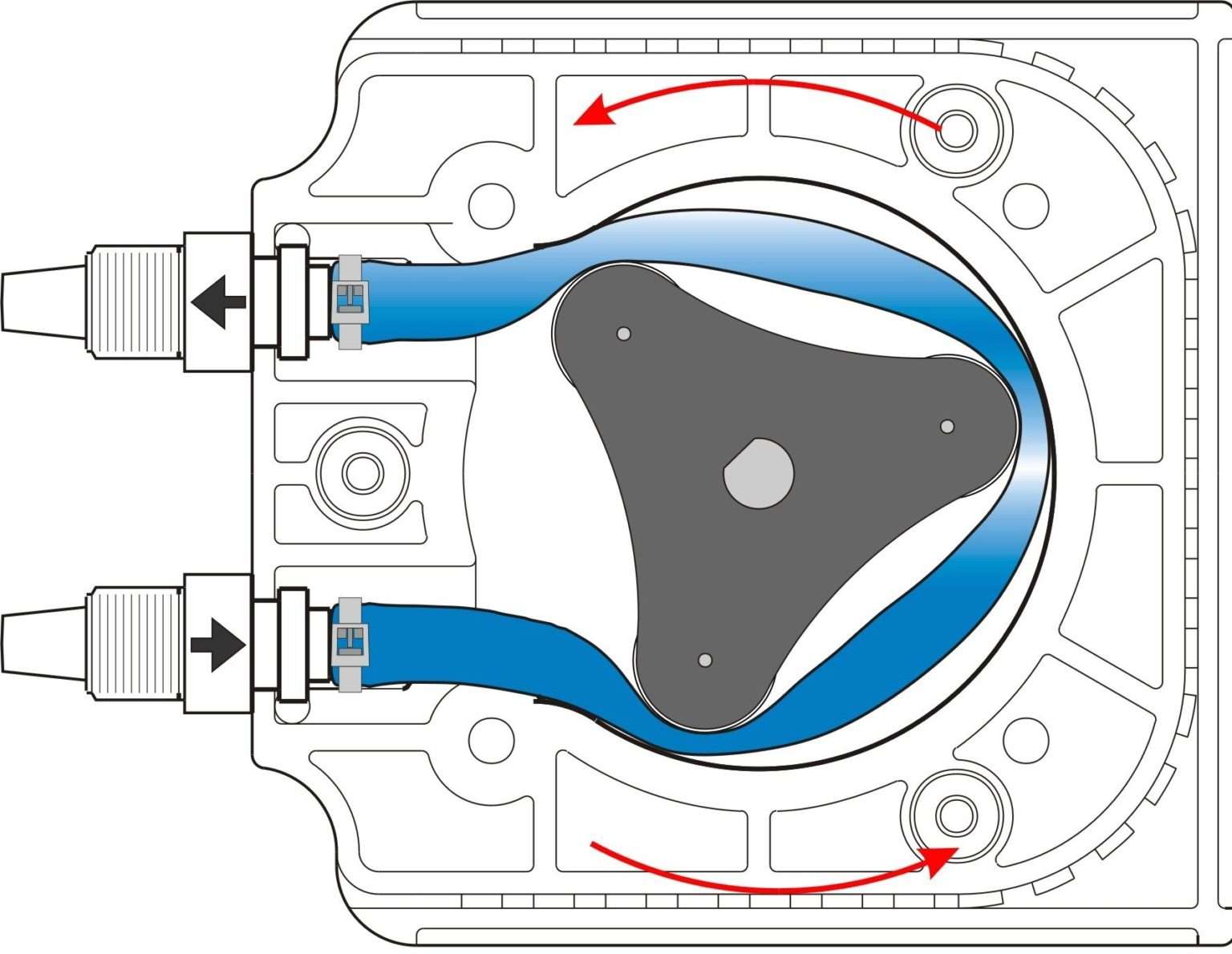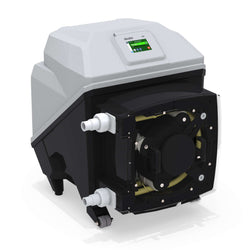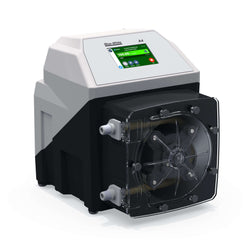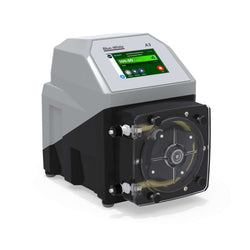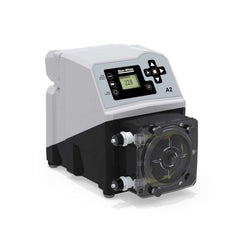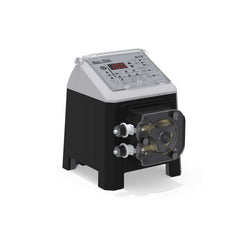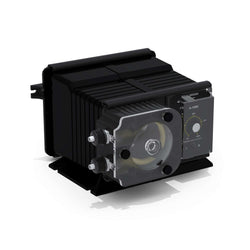Peristaltic Pumps
Peristaltic Metering Pumps (Peristaltic Dosing Pumps) deliver precision fluid metering and accurate dispensing with a wide range of control capabilities. Peristaltic pumps have a gentle, nearly pulsation-free pumping action that makes them ideal for difficult-to-pump fluids such as gaseous chemicals, shear-sensitive fluids, viscous slurries and solids, and fluids with low moisture levels.

